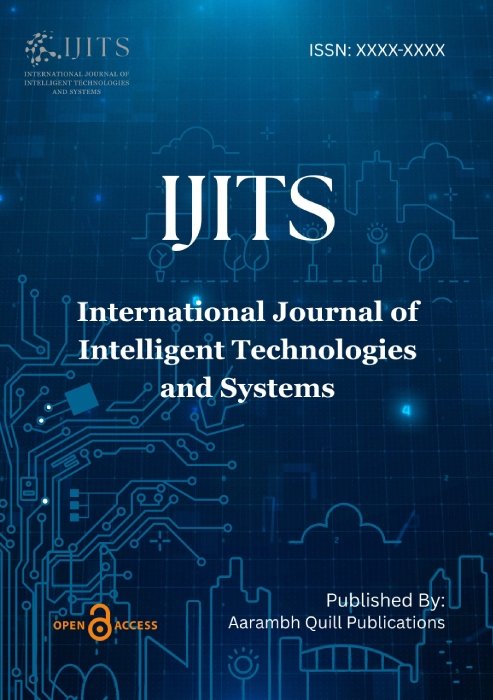RE-Enhanced Deep Learning for High-Sensitivity Intrusion Detection in 6G IoT

| © 2025 by IJITS Journal |
| Volume-1 Issue-1 |
| Year of Publication : 2025 |
| Author : 1 Jeya Karthic M*, 2 Sathish Kumar Sathaiah |
| DOI : https://doi.org/10.64909/IJITS.2025.1102 |
Abstract
As 6G networks mature the Internet of Things (IoT) will be more connected than ever, at a larger scale and in even greater complexity, so without more sophisticated security that can adjust to new forms of cyber threats as they emerge, internet security is doomed. Current deep learning-based Intrusion Detection Systems (IDS) tend to fail at recognizing subtle slow-developing anomalies and result in impaired network integrity in high-sensitivity IoT environments. This article proposes a new architecture of RE-Enhanced CNN-LSTM (RE-CNN-LSTM) to detect anomalies in time in 6G IoT networks. This model synergizes Convolutional Neural Networks (CNNs) in both spatial feature extraction with Long Short-Term Memory (LSTM) Chain in learning temporal sequences and including a Residual Error (RE) tracking structure following. Through repeated calculations—a prediction error calculation per each LSTM step, and reinjection of such residuals back into the network, the framework will become better at recognizing innocuous deviations as well as cyber threats that may occur during or over time. A self-adaptive learning module will constantly update detection model resulting in high detection accuracy and resistance to known and unknown attack types. Comprehensive experiments on benchmark IoT security datasets (NSL-KDD, CICIDS 2017, TON_IoT) indicate that the RE-CNN-LSTM has better detection accuracy, precision, recall, and F1-score than all the state-of-the-art deep learning models we have tested. The accuracy of detection of anomalies with achieved precision increases by 27 percent and the probability of false alarm was lowered by 35 per cent compared to the existing IDS models. Based on these results, RE-enhanced deep learning has a potential in strengthening 6G-featured Internet of Things environments against advanced cyber-attacks.


